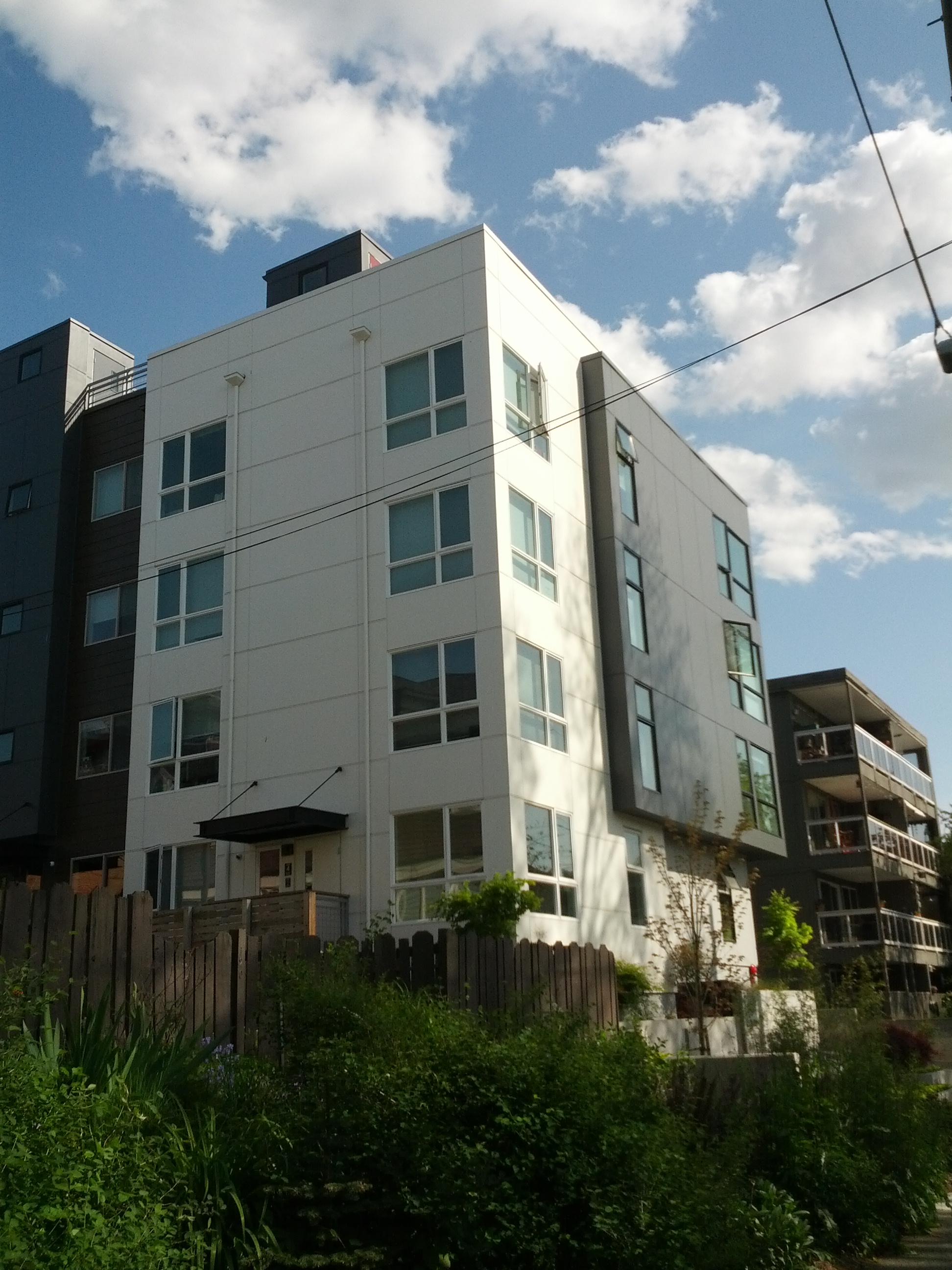Article Note: This is the fourth installment of a five-part series on micro housing, see Part 1, Part 2, Part 3, and Part 5 as well.
Thus far, the arguments in favor of micro housing have largely been informed by a free market ideology and the belief that competition between developers will improve the quality and reduce the price of units; consumers can choose where they want to live, and if micro housing doesn’t fit their standards, they’ll move elsewhere.
But we know that there are times when the free market fails and intervention is not only warranted, but a moral obligation. These are times when choice is sufficiently limited and basic needs and welfare are at stake. It’s why we have airbag requirements, licensing for doctors and lawyers, health codes, and the minimum wage.
The minimum wage came about because people were faced with a desperate choice: work for pennies or don’t work at all. The result was an unlivable wage and a standard of living so low it was a national embarrassment. Wages affect welfare at the most basic level by determining our ability to afford food, health care, housing, clothing, transportation, and the rest of our basic needs. It also affects our agency—with money comes the power to plan and determine our lives. Without it, we’re subject to the whims of those better off.
A low wage hurts everyone. It brings the entire wage ladder down. Your wage is relative to the rest of the market—if the floor of the market is lower, so is your bargaining position. We’re seeing this in Seattle, as our minimum wage creeps towards $15/hour. There is some wage compression between classes of employees, but employers know they have to reward greater responsibility with higher wages. If a manager made the same as an entry-level position, there may be little incentive for an employee to take on a more stressful position. So everyone is seeing a raise. The rising tide is lifting all boats.
We believe there should be a certain floor that ensures a standard of living to the benefit of everyone. People should be able to afford their basic needs–that means three full meals a day, health care when they’re sick, proper clothes, and reliable transportation. We also know that the market alone doesn’t providing these things, so we intervene.
The question then becomes: does micro housing warrant the same intervention as the minimum wage? To answer that, we can employ a two-prong test.
- Is a meaningful choice available?
- Is basic welfare threatened?
Choice
The first question is whether choice has been sufficiently limited. If it has, then free market dynamics break down. If choice is intact, then we can leave it to consumers to pick and choose where they want to live and trust their choice serves their interests.
Micro housing advocates may be tempted to answer this question too quickly by asserting the mere fact that people already live there shows people want to. But that circular logic assumes the answer to the question we’re asking: did they really choose to live there?
People regularly find themselves in situations as a result of limited agency and larger outside influences. Call it luck or call it fate, sometimes life is beyond our control.
The top reasons people choose micro housing are, in order: location (97%), price (86%), proximity to work/school (78%), proximity to neighborhood amenities (73%), ability to live alone (71%) and proximity to public transit (62%). Many of these decision points seem to be more about comfort than necessity. Renters can choose to live in a less attractive neighborhood; they can choose to live with roommates or family; they can endure longer commutes; and they can forego neighborhood amenities.
On the other hand, location may be a proxy for proximity to work and school for a student who struggles to balance a full credit load and a full time job; living alone may be the only option for health reasons, and living with family may not be feasible (especially for queer folks who are kicked out of their homes); and proximity to public transit may be the only affordable way to get around, as the economics of car ownership are often dubious at best.
If micro housing really is an entry point, it functions as such for those with the least agency over their lives—people with few economic resources and young people learning how to live on their own.
It seems that, to the extent people don’t have a choice in micro housing, it is because micro housing is the best solution they have. Until we are prepared to offer something better, limiting this choice will only exacerbate the problems we’re trying to solve. It will push people out of dense urban areas, farther away from friends, family, jobs, and resources. It will cost them opportunity and time as their day is eaten up by their commute. It may cost them money as they’re pushed into more expensive studio or one bedroom. And that will cost the rest of us as demand for existing units gets hotter.
Welfare
The second question is whether micro housing presents a considerable threat to welfare.
Here we can borrow heavily from the Health Argument presented in Part 3. Home should be a place to feel safe and comfortable. But micro units can feel claustrophobic, adding to crowd-related stress. Some studies suggest there is a minimum livable space between 200-375 square feet, providing grounds for minimum space requirements for all new units.
But these studies may not take into account the creative and flexible designs employed to make micro units feel bigger; nor do they acknowledge how little living people do within the walls of their units. The buildings encourage use of large amenity spaces like communal kitchens and rooftops, and people list neighborhood amenities as a top consideration when choosing a micro unit.
The quantity of space, then, doesn’t appear to be an issue. While there are international examples of exceptionally small units, like a 40 square foot apartment in Hong Kong, the local market seems to be largely self-regulating.
Meanwhile, the quality of space is already governed by existing building codes and renters’ rights law. Together, these regulations prohibit toxic substances like asbestos and mold; ensure adequate facilities like plumbing and fire suppression systems; and give renters recourse when unsafe and unsanitary conditions arise. Micro housing is covered by all of these provisions.
Conclusion
The minimum wage is a clear example of when intervention into the free market is necessary to protect the public welfare. But micro housing does not clearly mirror the relevant characteristics of an unlivable wage.
We in Seattle work to guarantee a high quality of life. We protect our natural treasures with tough environmental regulations; we give our workers the highest minimum wage in the country; and we invest in our local non-profits to share our good fortune. It’s in our character to extend this philosophy to housing as well. But fear not, welfare warriors, our neighbors are safe in micro housing. The homes may be snug, but some of us like it that way.
In the next installment (coming Monday), I’ll compare how the arguments for/against micro housing mirror those for/against urbanism in general.

Ben Crowther
Ben is a Seattle area native, living with his husband downtown since 2013. He started in queer grassroots organizing in 2009 and quickly developed a love for all things political and wonky. When he’s not reading news articles, he can be found excitedly pointing out new buses or prime plots for redevelopment to his uninterested friends who really just want to get to dinner. Ben served as The Urbanist's Policy and Legislative Affairs Director from 2015 to 2018 and primarily writes about political issues.


